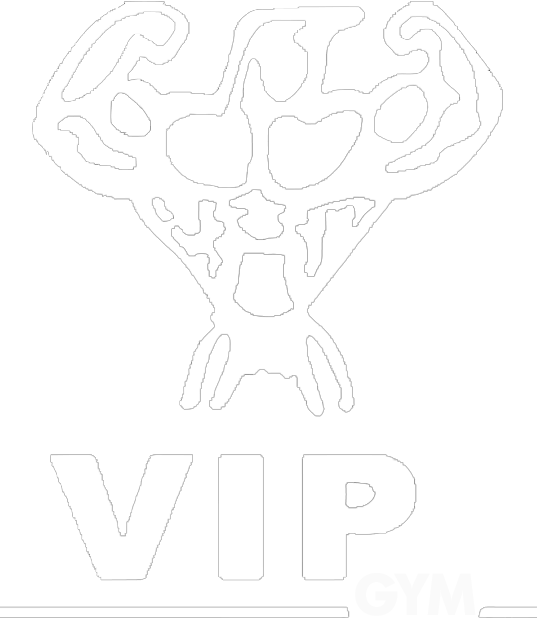Fitness
What is Fitness?
Fitness refers to your body’s ability to perform physical activities efficiently and with energy. It includes multiple aspects like strength, flexibility, cardiovascular health, endurance, and body composition. Overall fitness is essential for both physical and mental well-being and helps you live a healthier, more active life.
Why is Fitness Important?
Improves Physical Health
Fitness strengthens the heart, lungs, and muscles, making daily tasks easier and reducing the risk of chronic illnesses like heart disease, diabetes, and obesity.Boosts Energy Levels
Regular physical activity increases endurance, giving you more energy throughout the day. It also improves sleep quality, helping you feel more rested and alert.Supports Mental Health
Exercise releases endorphins, the body’s “feel-good” hormones, which can improve mood, reduce anxiety, and help manage stress. Fitness routines provide a mental break and a sense of accomplishment.Enhances Flexibility and Mobility
Fitness activities, like stretching and yoga, improve flexibility and joint health, reducing stiffness and lowering the risk of injuries.Helps Maintain a Healthy Weight
Exercise burns calories and boosts metabolism, helping to manage weight effectively. Combined with a balanced diet, fitness routines contribute to healthy weight management.
How to Build a Fitness Routine
A balanced fitness routine should include exercises targeting various aspects of fitness: cardiovascular health, strength, flexibility, and balance.
1. Cardiovascular Exercise
- Examples: Running, cycling, swimming, or brisk walking.
- How Often: Aim for 150 minutes of moderate cardio per week (like brisk walking) or 75 minutes of vigorous cardio (like running).
- Benefits: Improves heart health, burns calories, and boosts endurance.
2. Strength Training
- Examples: Weightlifting, resistance bands, bodyweight exercises like push-ups, squats, and lunges.
- How Often: Try to strength train 2–3 times a week, focusing on all major muscle groups.
- Benefits: Builds muscle, increases bone density, and improves metabolic rate, helping with weight management.
3. Flexibility and Mobility
- Examples: Stretching exercises, yoga, or Pilates.
- How Often: Spend 5–10 minutes stretching after each workout, or dedicate 1–2 sessions per week to flexibility training.
- Benefits: Reduces muscle stiffness, improves range of motion, and lowers the risk of injuries.
4. Balance and Stability
- Examples: Balance exercises like single-leg stands, yoga poses, or exercises using a stability ball.
- How Often: 1–2 times per week, as part of your strength or flexibility workouts.
- Benefits: Enhances coordination, stability, and reduces the risk of falls, especially as you age.
Sample Fitness Routine
Here’s a simple weekly fitness plan that combines cardio, strength, flexibility, and balance.
- Monday: 30 minutes of brisk walking or light jogging (Cardio)
- Tuesday: 20–30 minutes of strength training (Bodyweight exercises like squats, push-ups, lunges)
- Wednesday: Yoga or stretching for 30 minutes (Flexibility & Mobility)
- Thursday: 20–30 minutes of interval training, like alternating running and walking (Cardio)
- Friday: Full-body strength training for 20–30 minutes (using weights or resistance bands)
- Saturday: Balance exercises combined with light yoga or Pilates (Balance & Flexibility)
- Sunday: Rest or gentle stretching (Recovery)
Tips for Staying Consistent
- Set Realistic Goals: Start with small, achievable goals and gradually increase as you progress.
- Mix it Up: Keep your routine interesting by trying different activities.
- Track Your Progress: Use a journal or fitness app to monitor your achievements and stay motivated.
- Find a Workout Buddy: Exercising with a friend can keep you accountable and make workouts more enjoyable.
- Listen to Your Body: Rest when you need to, and don’t push too hard to avoid injury.
Conclusion
A balanced fitness routine that incorporates cardio, strength, flexibility, and balance exercises helps improve overall health, boosts energy, supports mental well-being, and promotes a healthier lifestyle. Start with the basics, stay consistent, and adjust your routine to fit your needs and goals!
